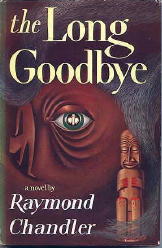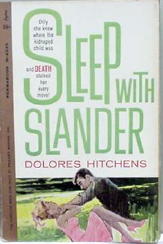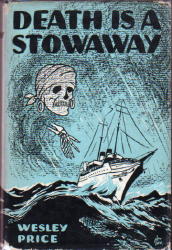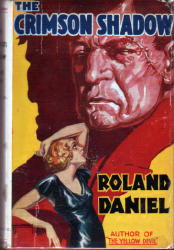Tue 14 Aug 2007
The Compleat CHRISTOPHER REED.
Posted by Steve under Authors , Characters , Crime Fiction IV[2] Comments
So much for putting this blog on vacation, you might be thinking. But I can explain. It’s been too hot this August to do much but rearrange the boxes in the garage. No heavy lifting, in other words, but I have been peeking in and recording the contents of a large number of these boxes, some of which haven’t been peeked into since I came home from whatever bookstore, garage sale or library sale I’d been to that day.
And once in a while I come across something that catches my eye more than usual, and I make myself a note to the effect, here’s something I have to tell you about and I can’t wait.
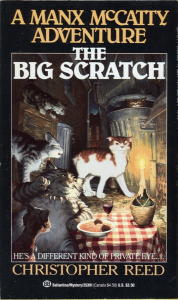
Case in point. Here’s the entry as it is in Crime Fiction IV, by Allen J. Hubin:
REED, CHRISTOPHER; Playwright and musical comedy lyricist and composer; living in Oregon.
* The Big Scratch (Ballantine, 1988, pb) [San Francisco, CA]
Nothing more. Nothing to indicate that this is a private eye novel, and in fact the PI in this novel is so novel that he is not even included in Kevin Burton Smith’s thrillingdetective.com website: One Manx McCatty.
The actual title, and I must tell Al this, is A Manx McCatty Adventure: The Big Scratch. You’ve already peeked at the cover, so you already know, or you’ve guessed, but in case not, or even if you have, read on. From the back cover:
INSTANT I.D.: Cool cat from the docks.
STRENGTHS: Thinks fast on his paws.
WEAKNESSES: Fresh-caught fish and a silver-gray Persian named Pasha.
DAILY ROUTINE: Keeps the bad guys in line, snags a cat-sized snooze.
Evil lurks along the mean streets of San Francisco – Fisherman’s Wharf, North Beach, the fog-enshrouded waterfronts. And, as usual, hardboiled hero Manx McCatty is outnumbered by blackguards: low-life hoods, stoolies, extortionists, and Gato Nostro kingpin Tabby Tonelli.
But dastardly villains haven’t stopped the superior snooper cat before. He’s too smart to trip into their traps; far too cagey to be caught in their web of danger. A cat’s cat, Manx McCatty is one feisty feline who licks his chops at a challenge … the tougher the odds, the sweeter the prize.
And from instead the front cover:
“The news caused such an uproar that an investigation was called for, and, as always, I was elected to prowl around and find out what I could. That didn’t bother me. Investigation is my game.
“I flexed my paws and hit the street.”
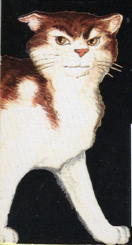
I’ve not been able to find out very much about the author, Christopher Reed. Nothing on Google, though admittedly I haven’t yet done an exhaustive search. All that’s known, at the moment, is what’s found at the end of the book:
A MANX McCATTY ADVENTURE: THE BIG SCRATCH marks the debut of CHRISTOPHER REED as a novelist. He is, principally, a playwright and musical comedy lyricist. His theatre works, including THE FINAL ACT and (in collaboration with Ron Martell and Cynthia Carle) SHOOTIN’ STARS, have been performed in New York and other cities. Mr. Reed lives in Ashland, Oregon, where he has recently completed a second novel featuring Manx McCatty.
If the book was written, it was never published, and perhaps there’s a story behind that. In the meantime, the book’s not hard to find online – there are only six copies on ABE, but most are not pricey – so grab one while you, and sit back and relax and begin reading:
“Something moved and I sprang. The little garbage mouse didn’t have time for even a quick regret before I served him up like the blue plate special down at Sylvester’s any Tuesday night.”
The book is illustrated, too, and by the same fellow who did the cover artwork. He really ought to be mentioned, so I will: Tom Newsom.
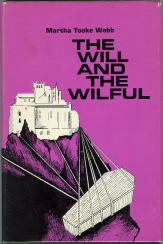
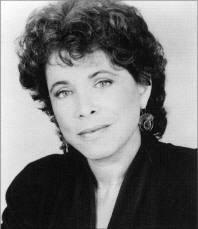
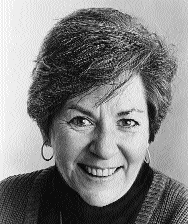

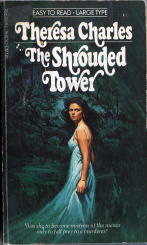
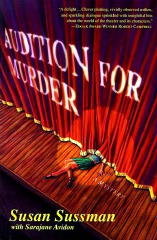
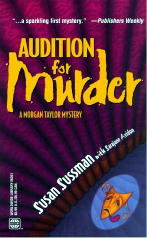

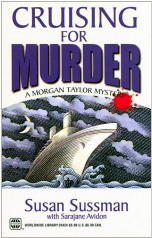
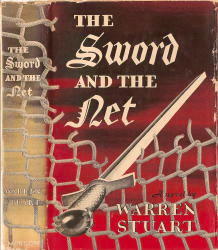


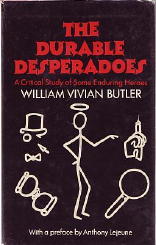
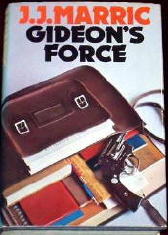 * Clampdown (London: Macmillan, 1971, hc) [England]
* Clampdown (London: Macmillan, 1971, hc) [England]
